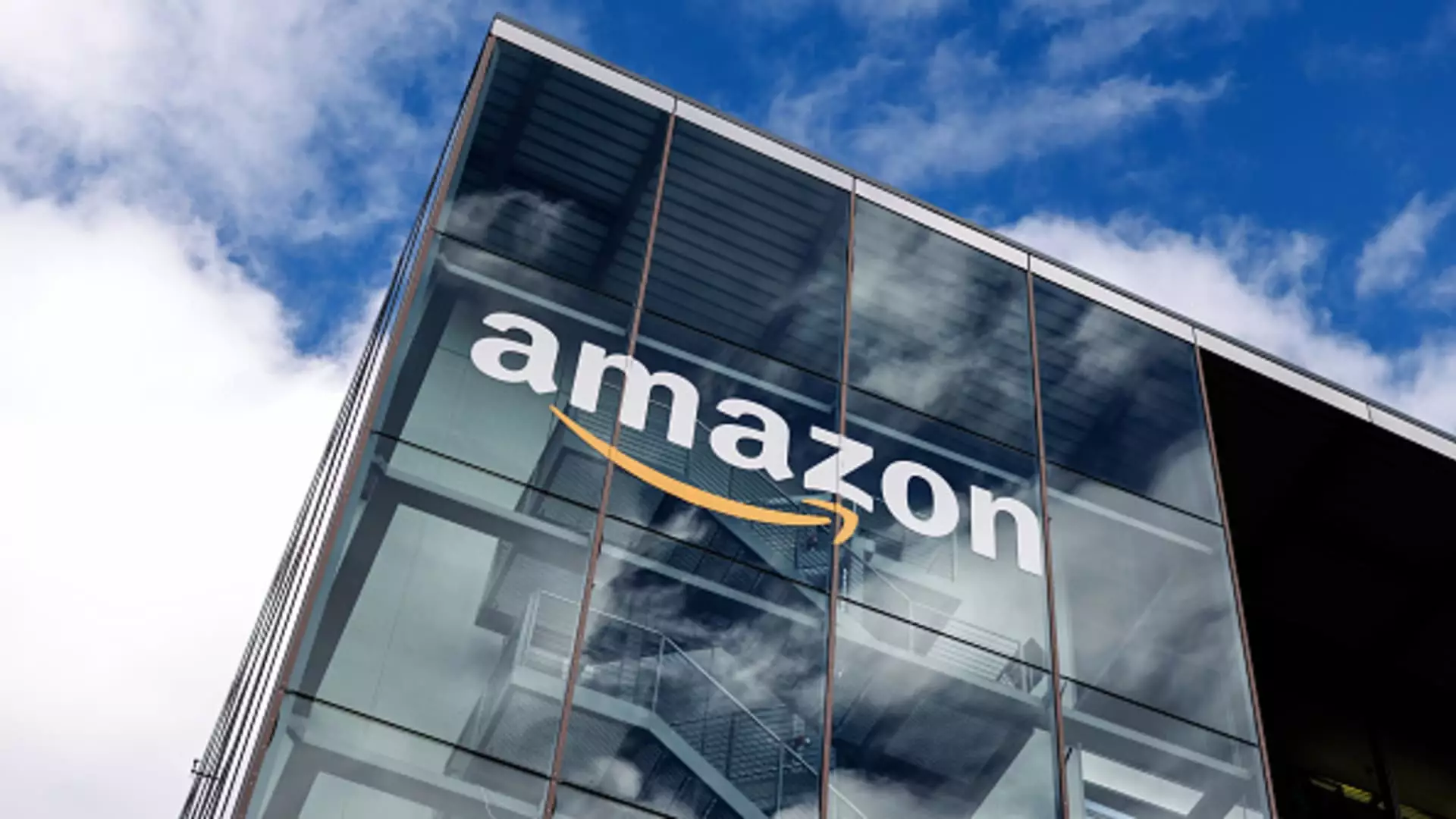The recent midday trading figures have sent ripples across various sectors, and it’s evident that investor sentiment is teetering on the edge. The performance of major companies like Victoria’s Secret and Marvell Technology exemplifies a volatile market grappling with heightened uncertainties. The lingerie retailer’s announcement of a more conservative revenue forecast—projected between $1.3 billion and $1.33 billion—contrasted sharply with analysts’ expectations of $1.39 billion, leading to an 8.2% plunge in their shares. Such downgrades not only reflect corporate caution but also highlight an unsettling atmosphere where consumer confidence is uncertain and macroeconomic conditions remain precarious.
Given these developments, it raises a poignant question: Are we witnessing the beginning of an inevitable economic recalibration, or is this merely a reaction to transient factors? The decline here isn’t just a reflection of internal company performance but symbolizes a wider trend of apprehension among consumers and investors alike.
Semiconductor Swoon: Overinflated Expectations
Marvell Technology’s steep 19.8% downturn following a so-called “modest beat” brings into sharp focus the expectations placed on AI-related companies. Although Marvell posted an adjusted earnings per share slightly exceeding forecasts, this was overshadowed by an unsatisfied market eager for signs of explosive growth. Analysts had anticipated robust results fueled by advancements in artificial intelligence, yet when the company fell short of famously elevated norms following strong performances from Amazon’s supply chain partners, it was punished severely.
What’s alarming, however, is the trend that follows such results—a spiral of negativity among semiconductor stocks. When chipmakers such as Nvidia and ON Semiconductor, both with substantial influence in the tech ecosystem, succumbed to this downward shift, it raised alarms about the actual sustainability of these giants in a post-pandemic market. Shouldn’t the industry reflect resilience instead of this erratic wave of sell-offs? This raises concerns about inflated valuations driven more by hype than substantial growth.
Surprising Reversals Amid Losses
Rigetti Computing represents a more complex layer of the current market narrative. Despite reporting results that missed Wall Street’s expectations, shares managed to recover by about 4%. This anomaly indicates that investor confidence isn’t solely tied to numbers; it often extends to overall market sentiment and potential narratives. When companies are judged by their capacity to innovate rather than just by immediate financial results, an intriguing dynamic emerges. However, this is not a universal sentiment—MongoDB’s drastic 26.9% decrease underscores that in the realm of tech, even a minor deviation from expected performance can lead to catastrophic repercussions.
Investors seem to be increasingly risk-averse, choosing to trust companies with solid, demonstrable potential even when immediate performance appears dismal. This is a far cry from the rampant speculation of previous years, revealing a market desperate for stability and foreseeing the possibility of further volatility ahead.
Telehealth’s Silver Lining and the Gas Market’s Catastrophe
The stark contrast between sectors is perhaps most apparent in the realms of telehealth and natural gas. While Teladoc saw a 4% increase due to their collaboration with Eli Lilly on weight loss treatments, the natural gas company Venture Global plunged over 36% following disappointing quarterly revenues. This situation demonstrates not only the inconsistencies in market valuations but the volatile nature of different industries—while one sector flirts with sustainability, another crumbles under the weight of unmet expectations.
Overall, these financial shifts pose a stark reminder of the inherent risks in the stock market. Each earnings season tends to feel like walking a tightrope, where companies large and small scramble to balance investor optimism with financial realities. As we move deeper into this uncertain phase, it’s more crucial than ever for investors to return to fundamentals and seek out companies with the potential for sustainable growth, rather than chasing the fleeting allure of share prices shaped by momentary trends and hyperbolic narratives. The forecast ahead may not be as bright as some bullish sentiments suggest, but understanding market dynamics can promote more informed, cautious investment strategies moving forward.

